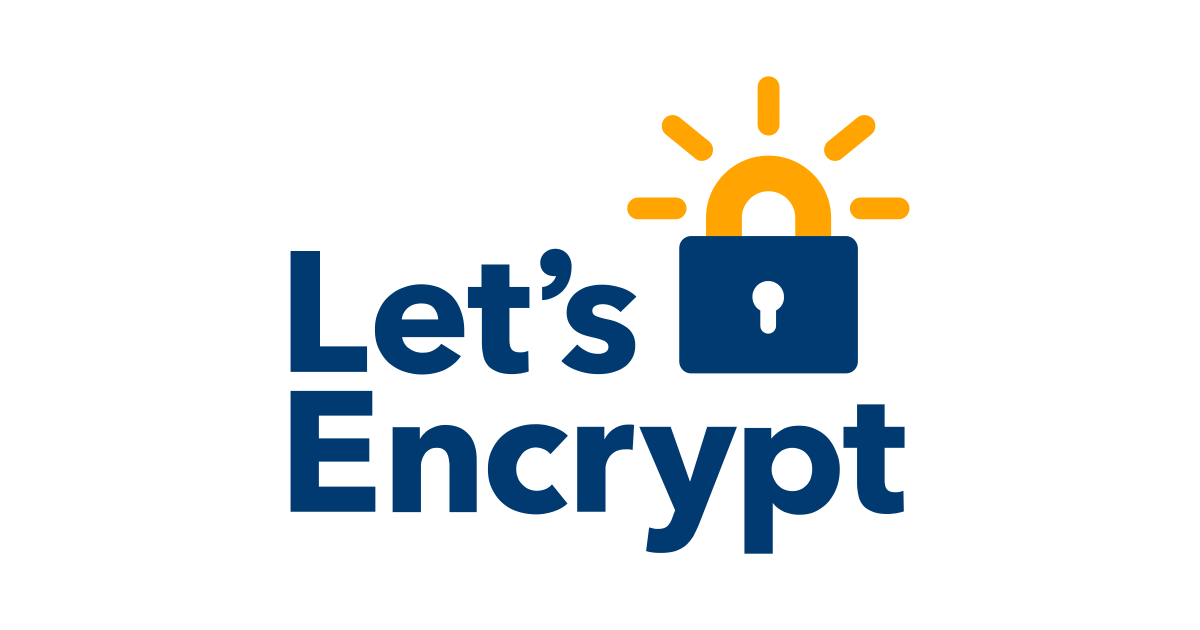- cross-posted to:
- selfhosted
- [email protected]
- [email protected]
- [email protected]
- cross-posted to:
- selfhosted
- [email protected]
- [email protected]
- [email protected]
Since its inception, Let’s Encrypt has been sending expiration notification emails to subscribers that have provided an email address to us. We will be ending this service on June 4, 2025. The decision to end this service is the result of the following factors:
- Over the past 10 years more and more of our subscribers have been able to put reliable automation into place for certificate renewal.
- Providing expiration notification emails means that we have to retain millions of email addresses connected to issuance records. As an organization that values privacy, removing this requirement is important to us.
- Providing expiration notifications costs Let’s Encrypt tens of thousands of dollars per year, money that we believe can be better spent on other aspects of our infrastructure.
- Providing expiration notifications adds complexity to our infrastructure, which takes time and attention to manage and increases the likelihood of mistakes being made. Over the long term, particularly as we add support for new service components, we need to manage overall complexity by phasing out system components that can no longer be justified.



Well that kind of sucks. I wish they had more tutorials about how to automate then because if you’re not using http-01 via certbot due to port 80 being blocked, which if you’re on a residential line it’s pretty common, so then you have to use dns-01 and manual hooks which isn’t exactly clear for and documented well.
What manual hooks? All the systems I’ve used LE certs in have supported fully automatic DNS challenges.
Their are multiple different way u can configure certbot to verify.
Sigh, yeah I know that and that’s not the point I was making but sure.
If you use Caddy with ACME DNS, all of this can be automated.
If you also use Cloudflare, you can do that + traffic routing with cloudflared without any need for port forwarding .